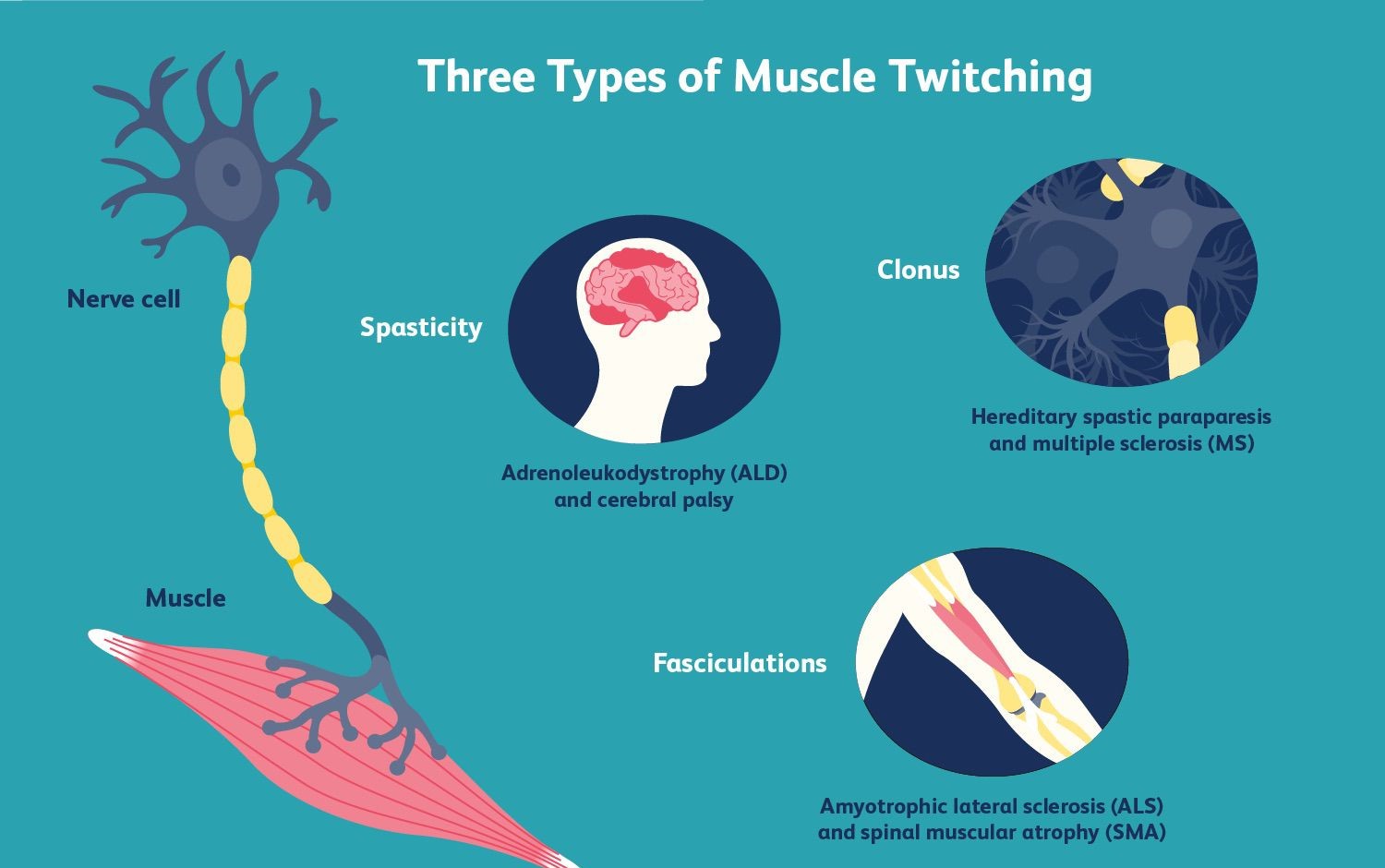A nurse is instructing a newly licensed nurse on how to obtain a fecal occult blood test from a patient.
What information should the nurse include?
Apply four drops of developing solution to each stool specimen.
Use toilet paper to transfer the stool specimen.
Wait 30 seconds after applying the developing solution to obtain the results.
Collect two stool specimens from the same area of the stool.
Correct Answer : C
The correct answer is Choice C.
Choice A rationale: Applying four drops of developing solution to each stool specimen is incorrect. Typically, the test requires two drops of solution. Following manufacturer instructions ensures accurate results and prevents unnecessary waste or inaccurate readings.
Choice B rationale: Using toilet paper to transfer the stool specimen is improper. Stool should be collected using the provided applicator stick to avoid contamination, ensuring the accuracy of the fecal occult blood test.
Choice C rationale: Waiting 30 seconds after applying the developing solution allows the chemical reaction to complete, ensuring accurate detection of any occult blood present in the stool sample.
Choice D rationale: Collecting two stool specimens from the same area increases the risk of missing occult blood present in different parts of the stool. Sampling from multiple areas enhances test accuracy and ensures comprehensive results.
Nursing Test Bank
Naxlex Comprehensive Predictor Exams
Related Questions
Correct Answer is A
Explanation
Choice A rationale:
Muscle twitching is a symptom of oxygen toxicity. Oxygen toxicity is a condition resulting from the harmful effects of breathing molecular oxygen (O2) at increased partial pressures. Severe cases can result in cell damage and death, with effects most often seen in the central nervous system, lungs, and eyes. Central nervous system symptoms can include muscle twitching.

Choice B rationale:
Redness of the face is not typically associated with oxygen toxicity. Oxygen toxicity primarily affects the central nervous system, lungs, and eyes. It does not typically cause redness of the face.
Choice C rationale:
Swelling around the eyes is not a common symptom of oxygen toxicity. The primary effects of oxygen toxicity are seen in the central nervous system, lungs, and eyes. However, this does not typically manifest as swelling around the eyes.
Choice D rationale:
A metallic taste in the mouth is not a known symptom of oxygen toxicity. Oxygen toxicity is a condition that results from the harmful effects of breathing molecular oxygen (O2) at increased partial pressures. It primarily affects the central nervous system, lungs, and eyes, but a metallic taste in the mouth is not a recognized symptom.
Correct Answer is A
Explanation
Choice A rationale:
Caffeinated beverages are known to cause diarrhea. Caffeine naturally occurs in many foods and drinks, including coffee and chocolate. It speeds up the digestive system and can cause loose stools. In addition, caffeine can irritate the stomach lining during digestion. Therefore, it’s important for the nurse to educate the patient about the potential effects of caffeinated beverages on their digestive system.
Choice B rationale:
Low-fiber cereal is not typically associated with triggering diarrhea. In fact, foods that are low in fiber can actually help firm up stools and are often recommended for individuals experiencing diarrhea. Therefore, while it’s not harmful, it’s not a primary concern for patients with diarrhea.
Choice C rationale:
White rice is another food that does not typically cause diarrhea. Similar to low-fiber cereal, white rice can help firm up stools and is often recommended for individuals experiencing diarrhea. It’s not a primary concern for patients with diarrhea.
Choice D rationale:
Ripe bananas do not typically cause diarrhea. They are actually part of the BRAT diet (Bananas, Rice, Applesauce, Toast), which is often recommended for individuals experiencing diarrhea. Therefore, it’s not a primary concern for patients with diarrhea.
In conclusion, when educating a patient about food and drinks that can trigger diarrhea, the nurse should include caffeinated beverages as they can potentially cause diarrhea. However, low-fiber cereal, white rice, and ripe bananas are not typically associated with triggering diarrhea.
Whether you are a student looking to ace your exams or a practicing nurse seeking to enhance your expertise , our nursing education contents will empower you with the confidence and competence to make a difference in the lives of patients and become a respected leader in the healthcare field.
Visit Naxlex, invest in your future and unlock endless possibilities with our unparalleled nursing education contents today
Report Wrong Answer on the Current Question
Do you disagree with the answer? If yes, what is your expected answer? Explain.
Kindly be descriptive with the issue you are facing.
